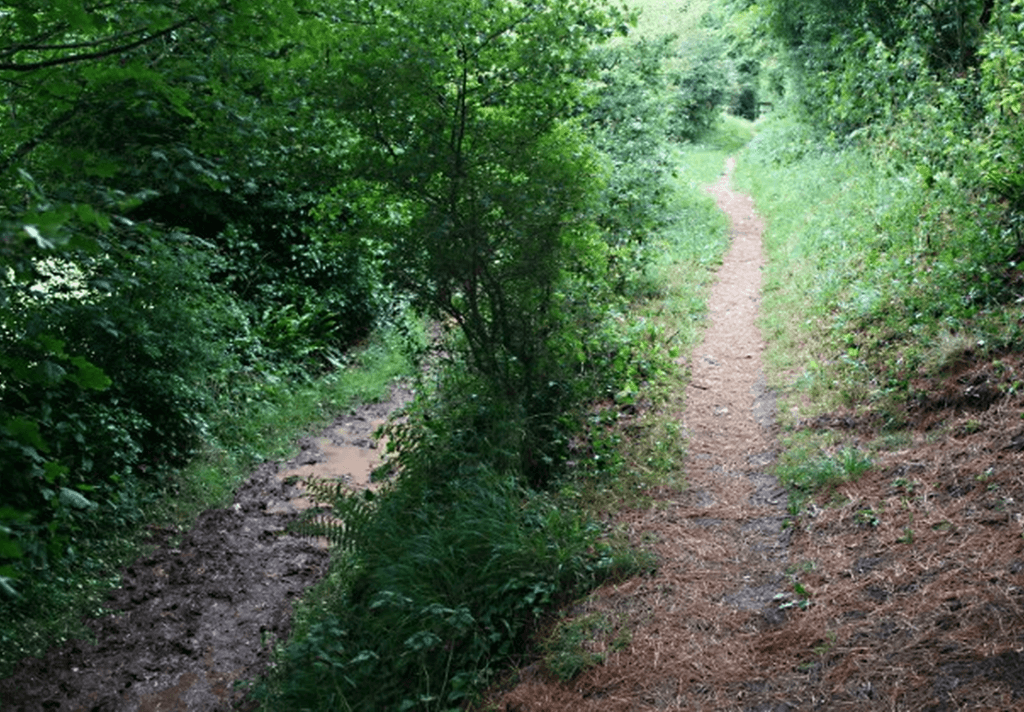The diversity of needs that Spanish and international children in Madrid represent have resulted in an evolving education system that increasingly embraces alternative curricula and new ways to foster students’ development.
Alternative curricula may defined by a wide range of traits specific to each school, but most self-declared alternative schools have several things in common: namely:
- a general rejection of traditional book learning
- rote-memorization, and
- excessive pressure on state exam performance.
The difference in values, however, can also account for a disparity in standards between schools. Nevertheless, several specific methodologies have emerged as internationally recognized emblems of quality. Chiefly among these is the Montessori Method, developed circa 1897 by Italian physician Maria Montessori.
This method shirks the traditional hierarchy of the classroom, where authoritative teachers enforce learning via rote-memorization from textbooks. Instead, teachers are referred to as guides, and core subjects are presented as “stories”. The stories of learning include, for instance the Story of Numbers (Mathematics), Communication (language)–as well as teaching practical abilities, such as motor skills and productive activity for learners of all ages.
In Madrid, the Montessori Method has enjoyed a positive reputation. While many schools have incorporated the methodology into their curriculum, three schools are Montessori-certified and demonstrate established patterns of excellence among their students.
For A British Curriculum: English Montessori
In addition to being certified as a Montessori school, the English Montessori school is recognized as a foreign institution thanks to a British curriculum. The English Montessori school incorporates an alternative curriculum throughout all years of learning, encouraging bilingual abilities an strong scholarly performance among its graduates. The Montessori Method is mandatory from nursery school through Year 10 of high school, while British curriculum requirements are gradually introduced as children get older.
When children reach Year 11 of high school, they are prepared to pass British state exams thanks to a gradual incorporation of traditional core subjects. 30 of English Montessori School students are of foreign origin, and the cultural diversity among the student body becomes a central part of the curriculum’s emphasis on a positive and interdependent learning environment.
For An Alternative American Curriculum: Madrid Montessori
The Madrid Montessori School is the American counterpart to the English Montessori School. Incorporating an American accredited curriculum into the Montessori Method, Madrid Montessori School educates children aged 3 to 12. With 50 percent of the student body of international origin, Madrid Montessori curriculum places additional emphasis on full bilingual speaking and writing ability.
Given that Madrid Montessori does not offer secondary education, it compensates with facilities tailored to the safety of younger students while the curriculum prepares students to transition to a secondary school of any type.
For Hands-on Learning: City Country School
Located just outside the city center, at Calle de la Isla Soledad 2, City Country School is an American Montessori school renowned for its interdisciplinary approach to practical learning, linguistic development, and preparation for secondary school.
City Country School’s academic mission emphasizes a “project-based’ curriculum, which means that throughout the school year, students are required to continually answer specific long-term questions through hands-on learning. Questions such as “Who Am I?” lead students to study their origins through natural sciences.
Subject areas are divided into three disciplines: the Gift (what is studied), the Romance (how a subject area is taught and learned ), and Mastery (in which students understand the purpose of studying through the execution of co-operative projects).
Students master core subjects and practical skills through consistent experiments, classroom debates and dialogues, and public presentations of assignments executed during school hours. Upon graduation, children emerge well prepared for a secondary school of any language or curriculum.
